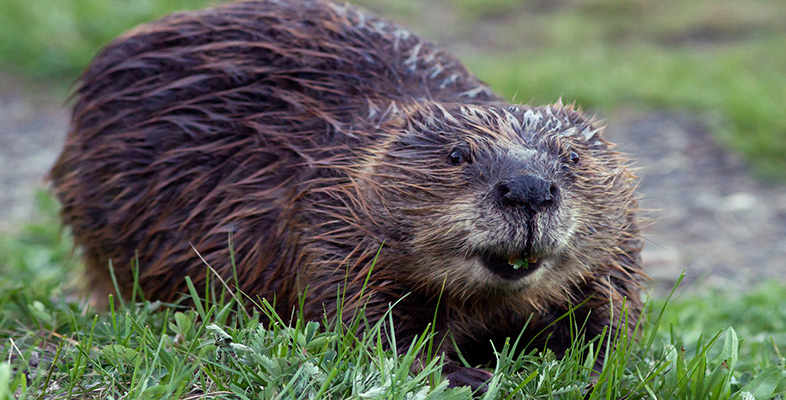Conclusion
If you are working through all the units in this series, you'll be aware that this course has taken a somewhat different tack from earlier ones. I've used rodents to explore some fundamental biological principles that have a relevance far beyond this particular order. It is especially appropriate to talk about issues such as biological success in connection with rodents, given their very wide geographical distribution and the very large number of rodent species and individuals. You'll recall (from Section 4) that the family of rat/mouse-like rodents comprise more than 1300 species and new ones are constantly being identified. You've seen that many rodents are specialist seed eaters, gaining an energy-rich diet. They also have the opportunity for other behaviours, much of which is directed at reproductive effort.
You have also learnt a lot in this course about natural selection, which is the primary means whereby behaviour, anatomy and physiology can evolve and give us the adaptations that are so striking. Many such adaptations, as you've seen, are geared to the avoidance of famine, but others increase fitness in other respects. What you've seen is that the rodent body 'design' is a highly adaptable one. Think of rodents as different as naked mole-rats, beavers, maras, marmots and porcupines, all wonderfully described in LoM and shown in the TV programme. The lifestyles, behaviours and reproductive strategies of rodents are all highly adaptable features - the naked mole-rats, Belding's ground squirrels and maras, for example, testify to the marvellous variety of rodent 'family life'.
Rodent adaptations therefore comprise a wide range of structures, physiological traits and behaviours. In any particular rodent, such adaptive features are favoured by selection over and above alternative characteristics. (The distinguished evolutionary biologist Ernst Mayr defines an adaptation as any property of an organism believed to add to its fitness.) Keep in mind that natural selection only works on pre-existing variation. When you hear of the process of a mammal 'becoming adapted' to a particular environmental challenge, don't be seduced into thinking that adaptation is an active and directed process, as a relentless surge towards animal perfection. So, conjuring up a picture prominent in the next course, a lifetime of stretching of the giraffe's neck to reach the uppermost tips of the branches is not the way the structure became lengthened over evolutionary time. The fact that adaptations can be explained in ways that don't relate to an imagined 'will' or 'goal' of an animal, or to a lifetime's experience, make them no less remarkable.
